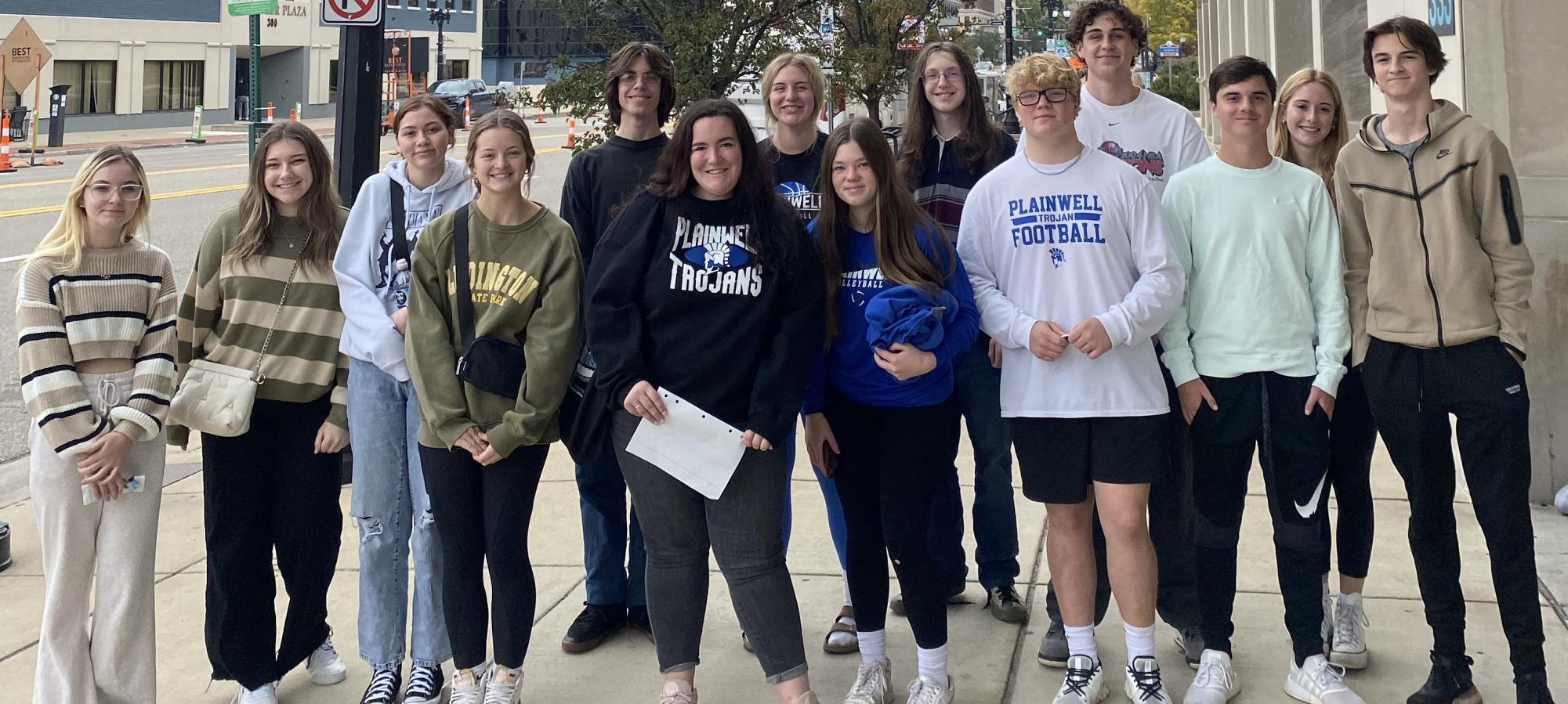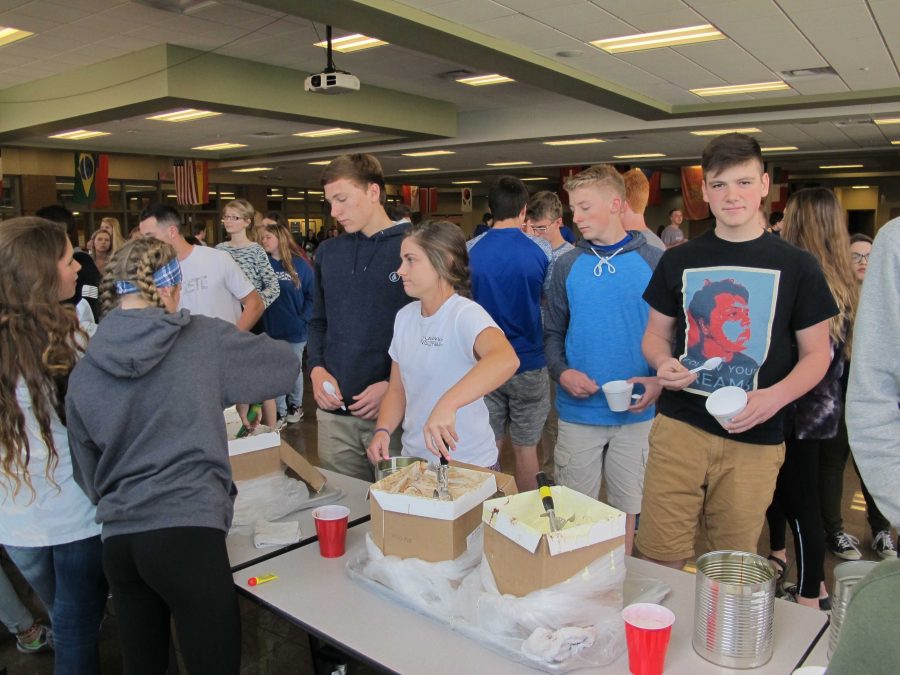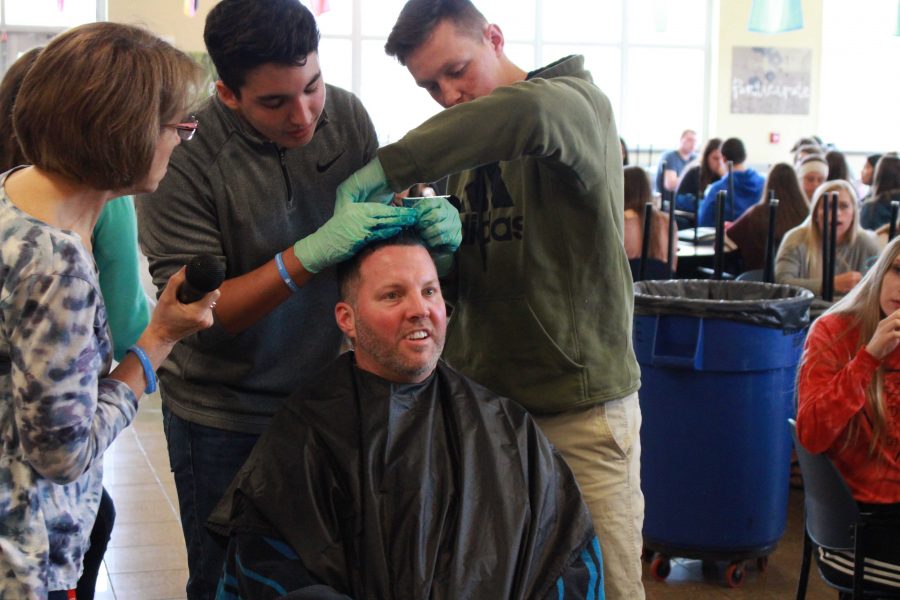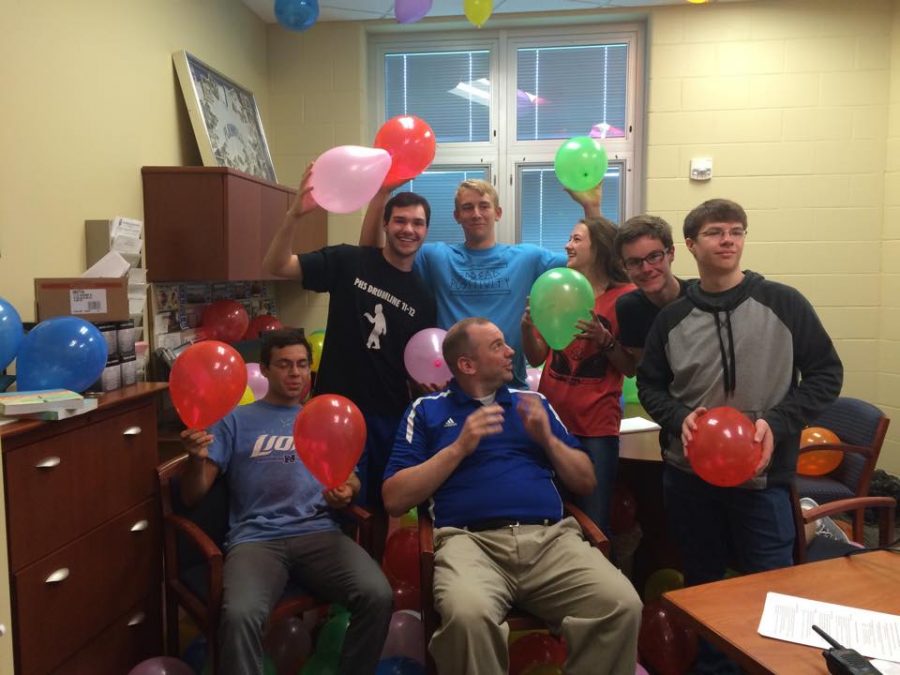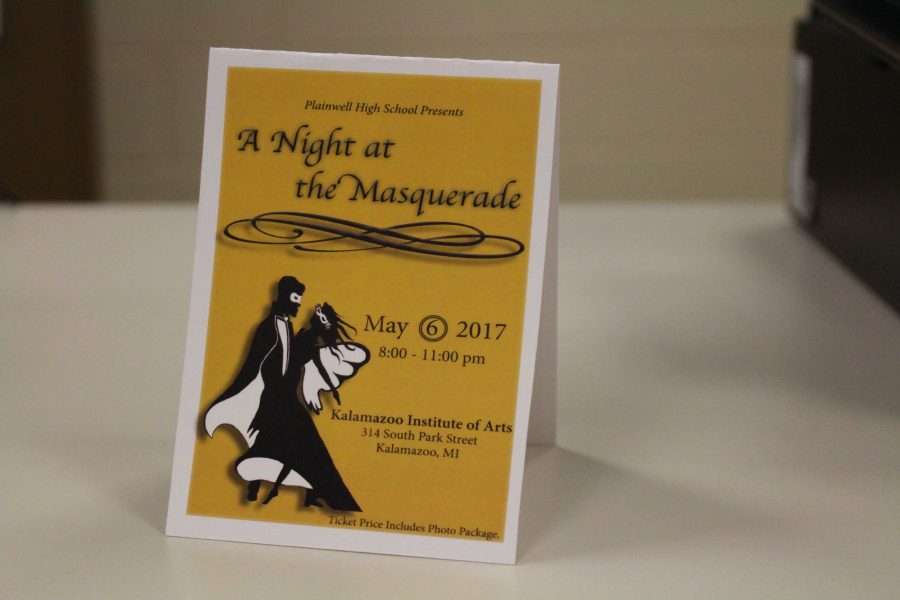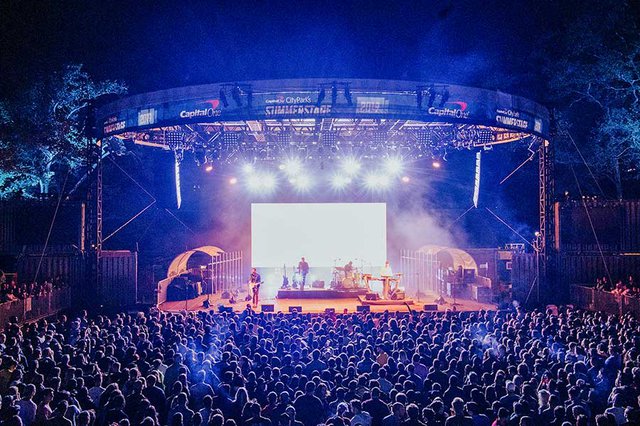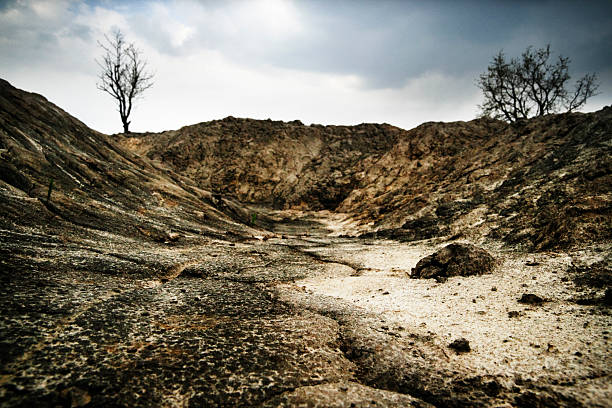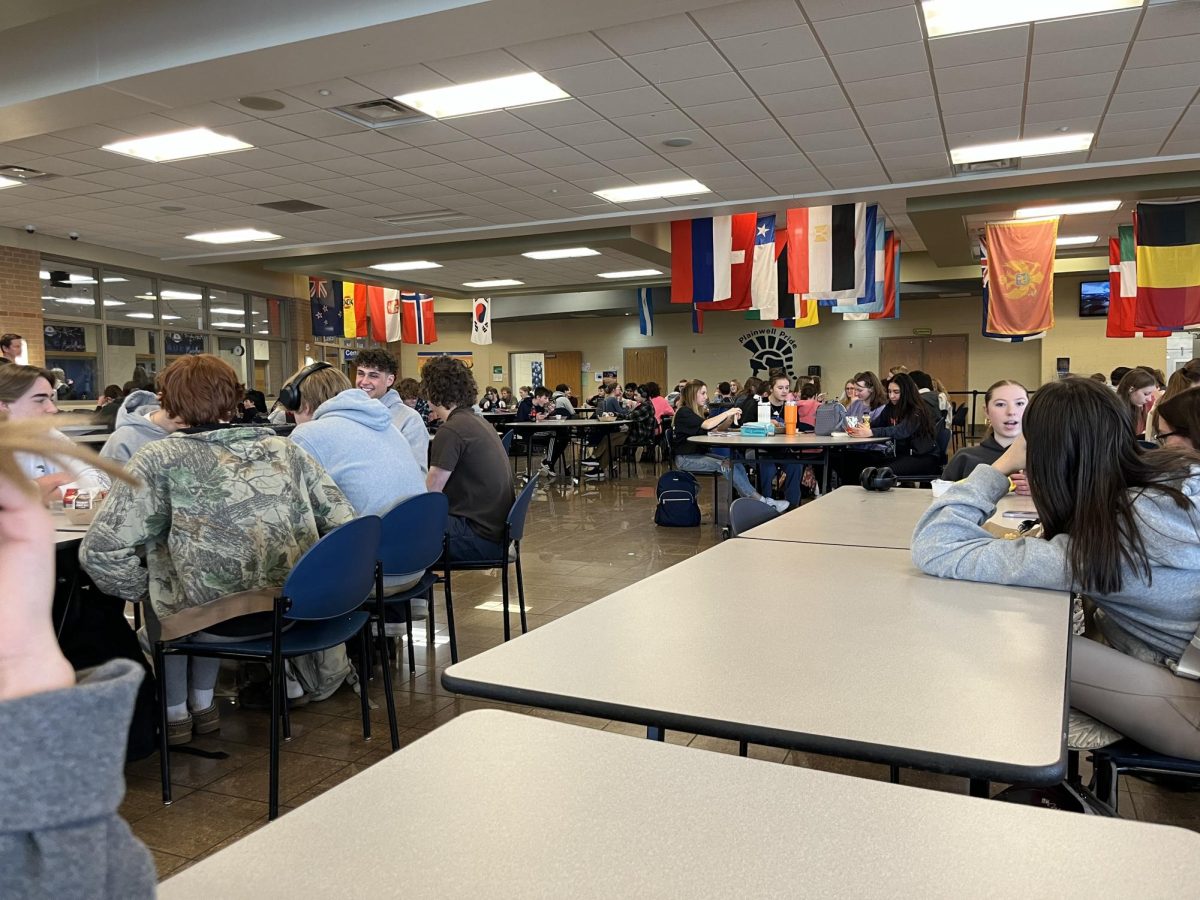By: Shelby Booden
For two months, people all over the world have been feeling the sting of ice cold water from head toe in hopes of raising awareness for the ALS disease.
Over 3 million people have donated to the cause in the past few months. Sixty percent of Plainwell High School students have taken the challenge alone, and 15 percent have taken the challenge and/or donated money (based on a survey of representative students). However, no one knows where the donations are truly going.
“I did not take the ice bucket challenge, but the ALS Association will take time to distribute the donation money raised, to the places intended. The donations given will certainly be used for the main purpose, it just takes time,” says freshman Alexis Bovee.
Almost 80 percent of the 109.1 million dollars raised will go toward programs and services. So where is the money for research? Unlike the fictional article being gossiped around on “Political Ears”, which supplies fake information on where the ALS donations are going, the ALS Association is actually using the money for fees and education. The other 21 percent is all toward research. Out of all the money spend on the disease, the association also helps those who are diagnosed and going through treatment as well.
Every year, two out of every 100,000 people are diagnosed with ALS. That means that about 11,000 people in America have ALS. In Michigan, about 200 people are diagnosed every year.
According to the National Institute of Neurological Disorders and Stroke (NIH), Potential therapies for ALS are being investigated in a range of animal models, especially in rodent models. This work involves the testing of drug-like compounds, gene therapy approaches, antibodies and cell-based therapies. In addition, at any given time, a number of exploratory treatments are in clinical testing in ALS patients. Investigators are optimistic that these and other basic, translational, and clinical research studies will eventually lead to new and more effective treatments for ALS.
“The money I donated was for the victims of the ALS disease; only them and their research,” says ice bucket nominee, Cassidy Morris 15’, “I most definitely want to see them use the money in the way we all intended it to be used.”
While the donations are to help for a final breakthrough in research, there are many people who are optimistic to the fact that there may possibly be a cure out there. In fact, the money donated is going to further research and education in the studies of ALS. A percentage is even going to help diagnosed patients. Who knew a bucket of ice water could raise overwhelming awareness and support?

